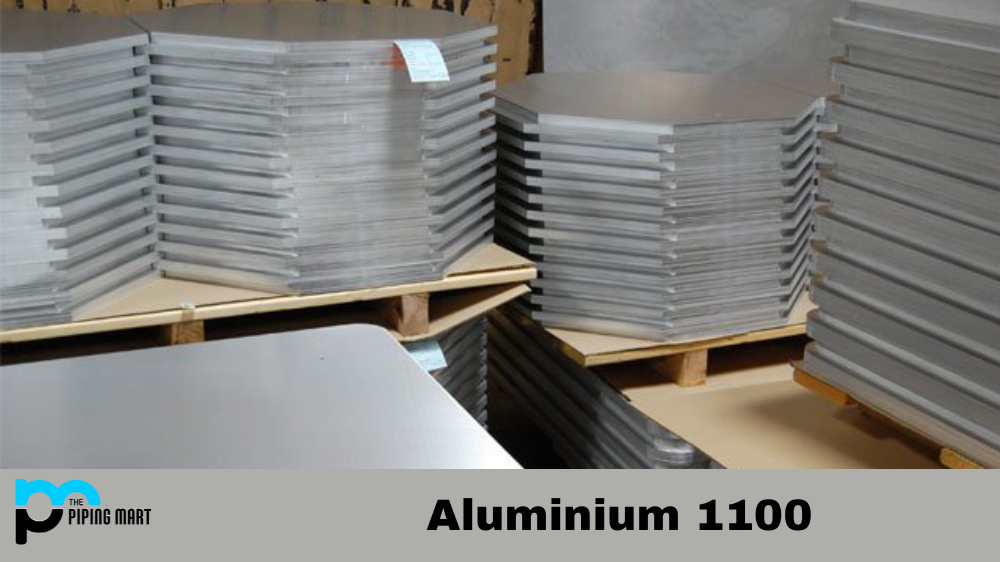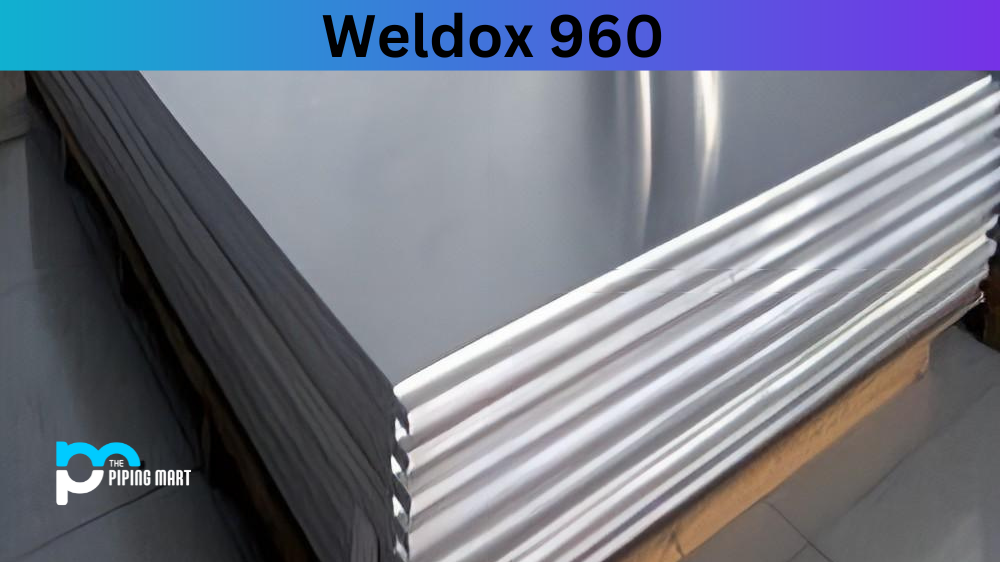Steel is one of the most widely used materials in the world, and SAE/AISI 1021 steel has become a popular choice for many applications. It is an alloy that combines carbon and iron, which means it is highly durable, strong, and resistant to corrosion due to its high chromium content. Below we’ll discuss all you need to know about SAE/AISI 1021 steel including its composition, chemical properties, mechanical properties, physical properties, uses, corrosion resistance, heat resistance, heat treatment, machining and welding processes.
1021 Steel Composition
AISI 1021 steel is made up of 0.17-0.23% Carbon 0.30-0.60% Manganese 0.040% Phosphorous 0.050% Sulphur 0.15-0.30% Silicon 0.25-0.35% Chromium and iron as the remaining major components making up this alloyed material. This composition gives it excellent strength while also making it easy to work with during fabrication processes such as machining or welding.
| Element | Content (%) |
|---|---|
| Iron, Fe | 98.78-99.23 |
| Manganese, Mn | 0.60-0.90 |
| Carbon, C | 0.17-0.230 |
| Sulfur, S | ≤ 0.050 |
| Phosphorous, P | ≤ 0.040 |
1021 Steel Mechanical Properties
SAE 1021 steel is an excellent choice for projects that require a strong yet lightweight steel. Based on its mechanical properties, it offers excellent bending and forming capability, high tensile strength, and good fatigue resistance. In addition, this grade of steel may be machined and welded with ease, making it a versatile option for many fabrication purposes. SAE / AISI 1021 is suitable for use in applications where longevity is essential and the demand for superior performance results is paramount. Overall, this material grade provides the means to create durable structures without compromising quality.
| Properties | Metric | Imperial |
|---|---|---|
| Tensile strength | 470 MPa | 68200 psi |
| Yield strength | 395 MPa | 57300 psi |
| Bulk modulus (typical for steel) | 140 GPa | 20300 ksi |
| Shear modulus (typical for steel) | 80.0 GPa | 11600 ksi |
| Elastic modulus | 190-210 GPa | 27557-30458 ksi |
| Poisson’s ratio | 0.27-0.30 | 0.27-0.30 |
| Elongation at break (In 50 mm) | 15.00% | 15.00% |
| Reduction of area | 40.00% | 40.00% |
| Hardness, Brinell | 121 | 121 |
| Hardness, Knoop (converted from Brinell hardness) | 140 | 140 |
| Hardness, Rockwell B (converted from Brinell hardness) | 68 | 68 |
| Hardness, Vickers (converted from Brinell hardness) | 126 | 126 |
| Machinability (based on AISI 1212 steel as 100 machinability. The machinability of Group I bar, rod, and wire products can be improved by cold drawing.) | 70 | 70 |
1021 Steel Physical Properties
Grade 1021 steel is a mild and low carbon steel, with excellent weldability and formability. It contains both 0.9-1.3% manganese and 0.2-0.35% copper, which make it prized for its improved heat resistance properties over other mild steels of comparable cost. Thanks to its low sulfur content, it is particularly resistant to machining stresses and strains – making it an excellent choice for castings or fabrications that require precise tolerances in highly-stressed parts. This steel holds up well against corrosive atmospheres, too, making it suitable for applications in marine engineering or certain chemical processing industries. Additionally, SAE/AISI 1021 boasts impressive mechanical properties – from yield strengths of up to 320 MPa (45 ksi) to impact toughness as high as 530 Joules at -20°C (-4°F). Combined, these features make this type of steel ideal for needed manufacturing operations where performance is key!
| Properties | Metric | Imperial |
|---|---|---|
| Density | 7.858 g/cm3 | 0.2839 lb/in³ |
1021 Steel Chemical Properties
SAE/AISI 1021 steel has a low level of phosphorus and sulfur which makes it ideal for use in many industries such as automotive where parts are subject to extreme temperatures and pressures or even medical implant applications where biocompatibility is essential for safety reasons when exposed to body fluids or tissue contact with implants over time can lead to adverse reactions if not adequately tested beforehand for biocompatibility with human tissues and organs In addition this alloy has excellent tensile strength and ductility properties making it optimal for forming into complex shapes without loss of mechanical properties upon cooling down from very high temperatures during fabrication processes
1021 Steel Thermal Properties
| Properties | Metric | Imperial |
|---|---|---|
| Thermal conductivity (typical steel) | 49.8 W/mK | 346 BTU in/hr.ft².°F |
1021 Steel Equivalents
| ASTM A29 | ASTM A510 | ASTM A512 | ASTM A513 |
| ASTM A545 | ASTM A548 | ASTM A576 | ASTM A635 |
| ASTM A794 | ASTM A830 | SAE J1397 | SAE J403 |
| ASTM A519 | SAE J414 | SAE J412 | ASTM A659 |
1021 Steel Uses
AISI/SAE 1021 is a versatile steel grade with many possible uses, due to its great strength and hardness characteristics. It is highly resistant to wear and abrasion, making it a popular choice for applications in heavy machinery such as loaders, bulldozers, and excavation equipment. Additionally, it can be used structurally in bridges or other transportation projects that require a strong yet flexible product. Finally, AISI/SAE 1021 has seen increasing use in industrial tools as well due to its excellent fatigue performance; it can handle even the most challenging tasks without wearing down easily.
Heat Resistance
It also has great fatigue resistance allowing it to be used in applications that require long term durability like aerospace components This makes SAE AISI 1021 an exceptionally versatile material that can be used in a variety of tough industrial environments
Corrosion Resistance
The corrosion resistance is superior due to its high chromium content which allows the material to remain relatively unaffected by exposure to water or other corrosive agents
Heat Treatment
The heat treatment process further improves these properties making them even more desirable for use in industry
Welding
It also has great weldability allowing different sections or components made out of this material to be joined together easily without suffering any negative consequences due to welding
Machining
Finally its machinability makes it easy to shape into complex shapes such as gears cams wheels etc This makes SAE AISI 1021 not only a popular choice but also an economical one
Conclusion
SAE/AISI 1021 steel is an excellent choice for applications where high strength, formability, and weldability are required. Cold working increases yield strength and hardness, while annealing improves ductility and toughness. This versatile material can be used in various industries and applications, making it an ideal choice for your next project.

A passionate metal industry expert and blogger. With over 5 years of experience in the field, Palak brings a wealth of knowledge and insight to her writing. Whether discussing the latest trends in the metal industry or sharing tips, she is dedicated to helping others succeed in the metal industry.




